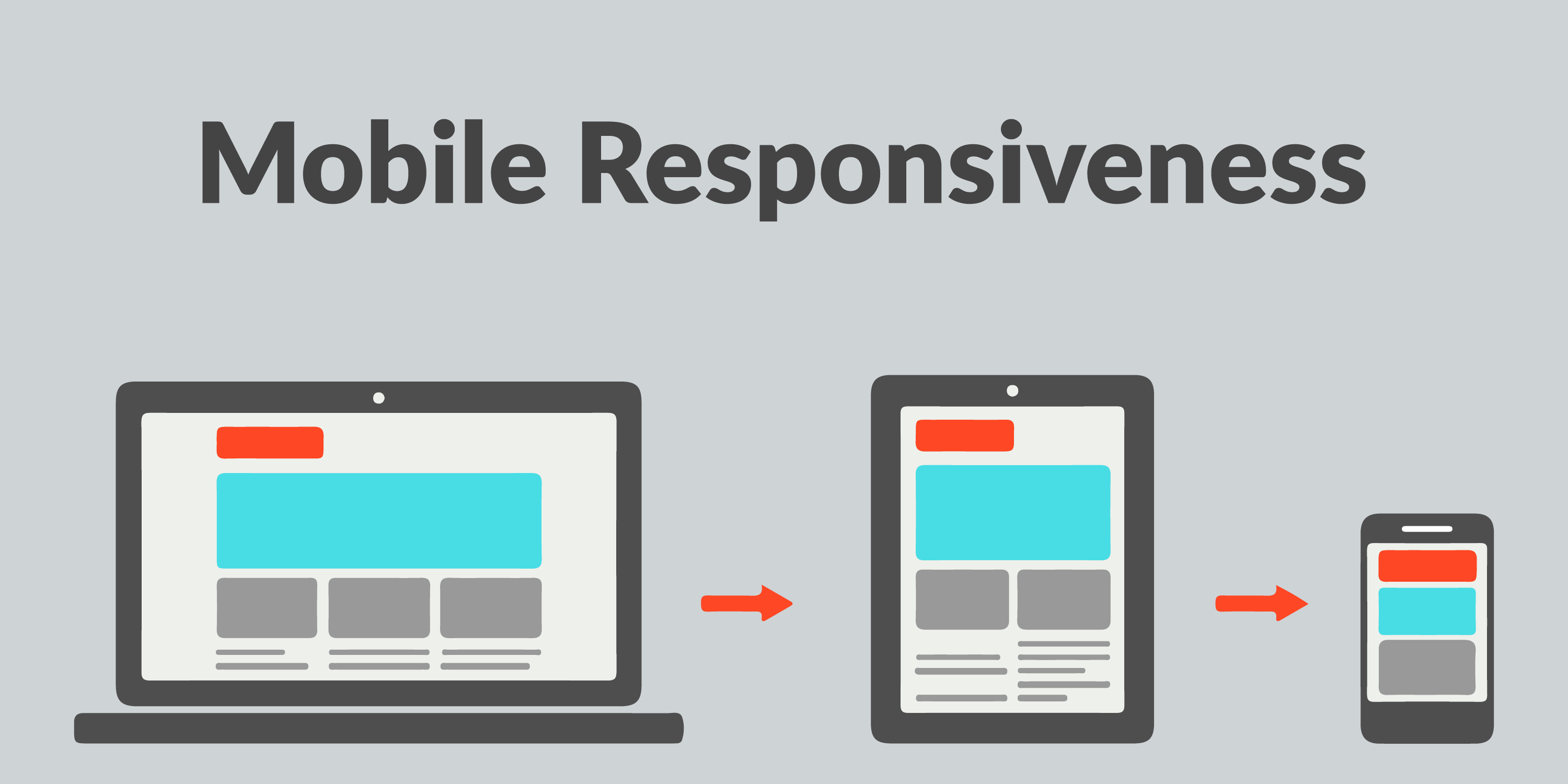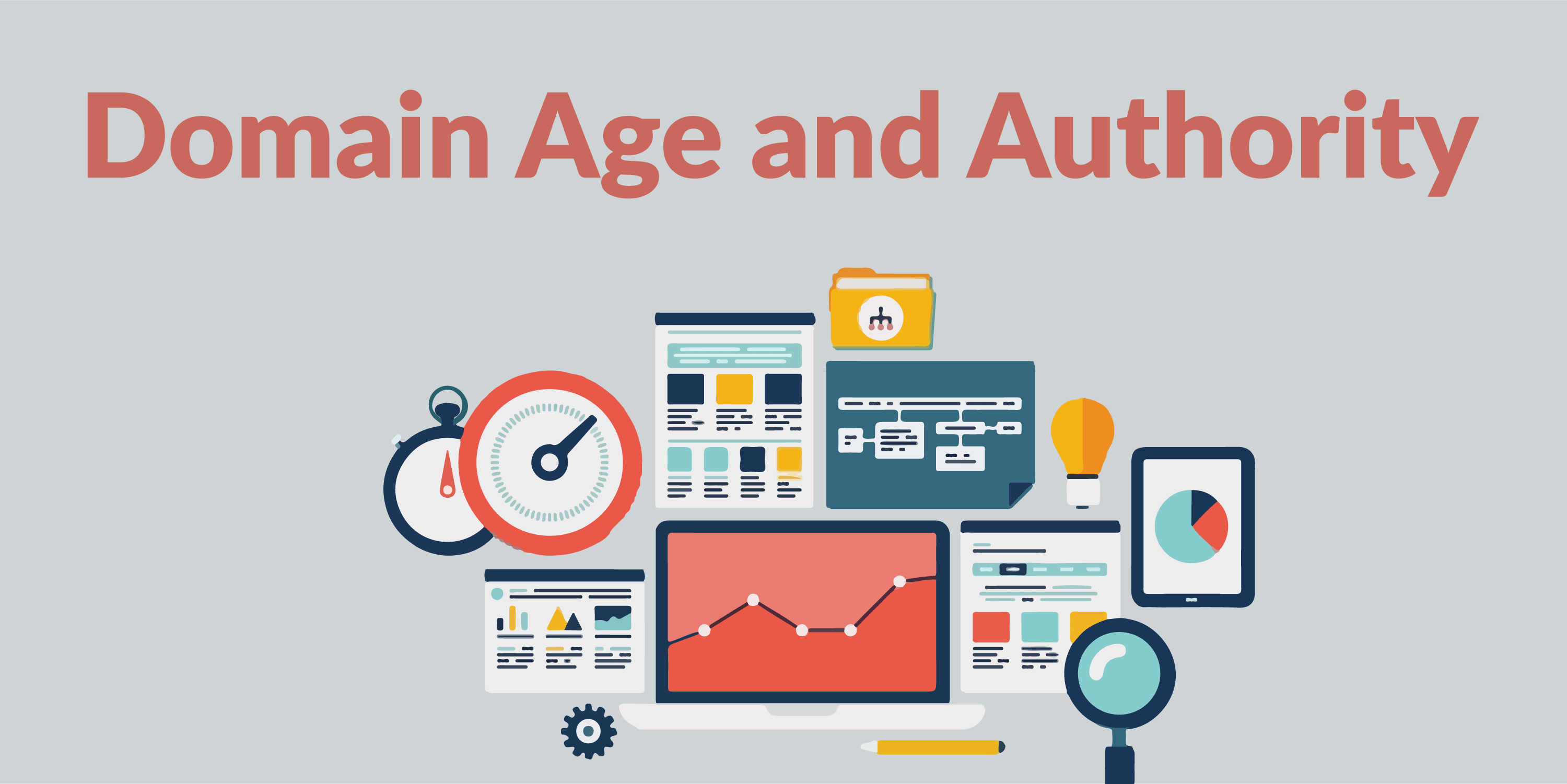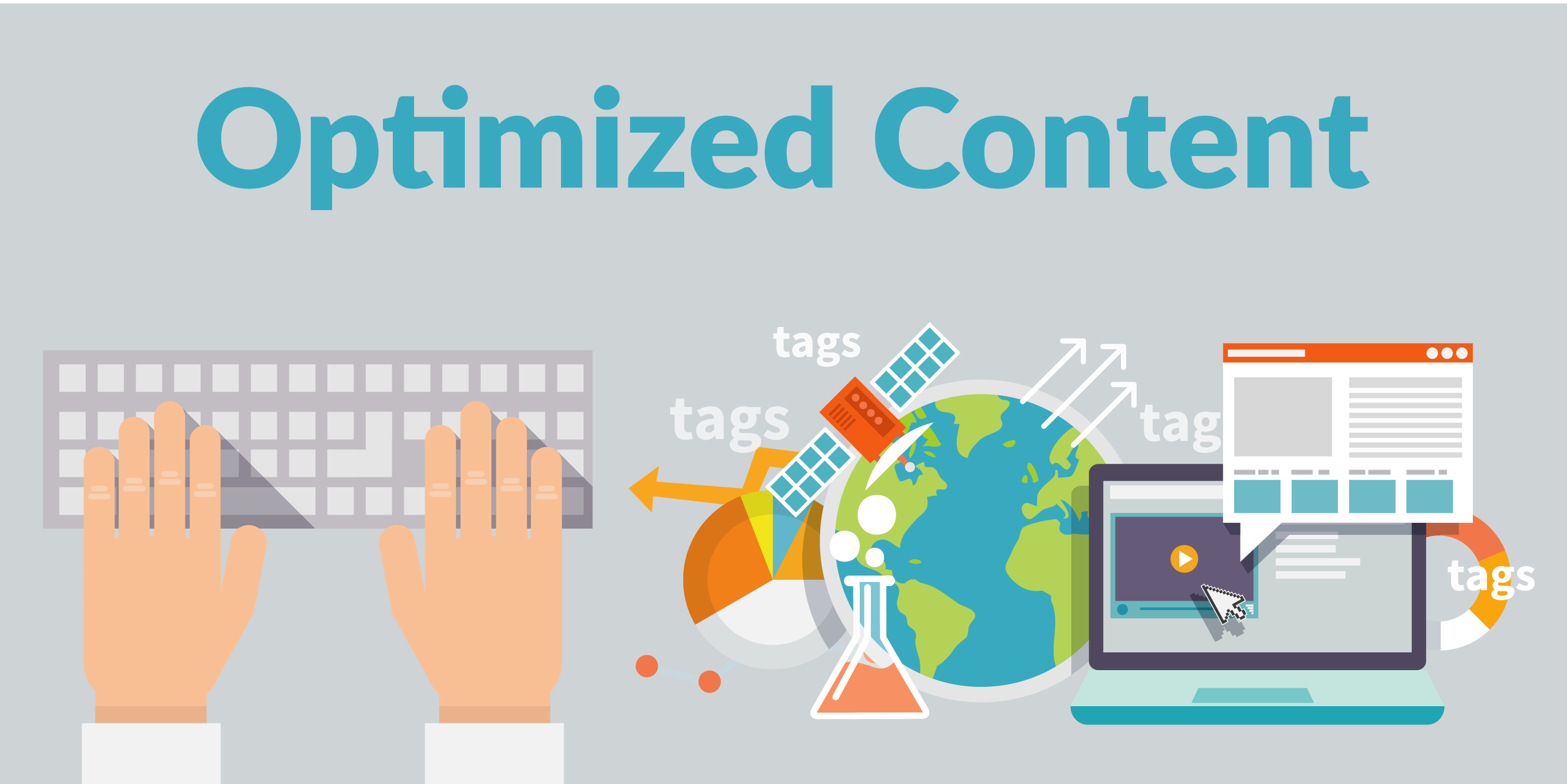
QUICK LINKS:
The essentials for an effective SEO strategy or SEO techniques are constantly changing, and even the most knowledgeable marketer can find it difficult to keep up. This is in light of all talks that Google has a staggering number of ranking signals ‑ over 200, according to experts. Whether true or not, the fact is that SEO ranking factors three years ago may not have the same influence anymore.
The correct question to ask then is this: What Google ranking factors matter most at present? It is now well into the middle of 2018, and a number of Google ranking factors that are influential for this year are becoming clearer. This article dives into ten Google ranking factors that make a difference in 2018, and how to achieve these factors with use of proxies.

Mobile Responsiveness
Over 50% of website traffic all over the world come from mobile devices since early 2017 up to present, according to a study by Statista. Google has foreseen this increase of mobile device usage.
Since 2016, Google had been working on an algorithm update that will enable Google’s search index to make use of a website’s mobile version in ranking site pages. The mobile version of websites will also be used in showing snippets from the pages included in the search result.
This algorithm update is called mobile first indexing, and as early as March this year, Google has started rolling this out. Needless to say, websites that are not optimized for mobile will face the possibility of being left out.
Interesting Read: 5 TIPS FOR SELECTING SEO RANK TRACKING TOOLS
What should businesses consider when optimizing for mobile?

Web pages that load fast increase user experience, and this has been one of Google’s goal: to improve user experience, that is. It is therefore not a surprise that page load speed has been one of the SEO ranking factors since 2010.
Beginning July 2018, however, Google will use mobile page speed as a ranking factor in mobile search results. Slow-loading websites will be penalized in terms of search ranking.
How do website developers and owners know if their websites conform to Google’s standards? Google has a mobile testing tool that can be used to check this. This web-based tool can also be used to check the previous ranking factor: mobile-responsiveness.
Accessible URL

Google uses spiders to crawl the world wide web. These bots visit web pages, add pages that are optimized to Google’s index, and catalog them. The web pages found in Google’s index will appear on search results depending on the search keywords used by people.
This is basically how Google works, and this should also dictate any company’s SEO strategy. Thus, one of the first items to look at in order to rank well is a website’s URL. Can Google’s spiders easily access and crawl the website’s URL?
If Google cannot access a website, then it cannot rank it. By helping Google bots to easily find and understand a website and its pages, businesses can boost their rank in the search results. But how can this be done?
Rank Brain

RankBrain is Google’s artificial intelligence system that processes search queries. Google has been using this algorithm since 2015, and among the signals that RankBrain look for are the following:
This refers to the number of people who click on a specific website when it comes up on the search result. The higher the rate, the better the website’s rank will be. However, the next two factors will also affect the website’s ranking.
The bounce rate is the percentage of people who click on the back button after clicking on a website. This means that the website did not give them what they needed.
If enough number of people go to the website and then bounce away because they did not find what they wanted or needed, then that website’s rank in Google might suffer.
This refers to the duration of time in which the people stayed on the website. If people found a website and actually spent some time in that website, then this tells Google that this specific website has somehow answered the queries of these people, thereby improving the website’s rank.
These signals tell web owners that it is not enough for people to click on their website. They must optimize their titles, description, and content in such a way that will make people stay. Websites must add value to the people who visit them, so that the bounce rate will not go up, thereby boosting the website’s search engine ranking.

This ranking factor is relevant to local businesses or businesses whose targets are in specific local areas. Google understands that people’s intent is to look for specific business information such as business name, address, and contact information. Thus, the presence of these information on a website is important ranking factor.
What items should businesses of this nature consider apart from the name, address, and contact number?

Since the world wide web is made of links, it only follows that links are one of the key ranking signal in SEO. There are three kinds of links that businesses should take care of:
Inbound Links
Inbound links tell Google that your website contents are authoritative and relevant. It is important to emphasize that not all inbound links can help a website’s search ranking.
Businesses would want to have websites with good reputation to include a link to their website which is relevant to the content of the authoritative site. Links from random people or from websites that do not have a good reputation will not count, and may even negatively affect the website.
Keyword research tools such as SEMRush can help businesses see their inbound links.
Outbound Links
Outbound links show that the website’s contents are relevant and authoritative. By including links to other websites that have a good reputation and high quality content, businesses are telling its visitors that their website offers well-researched, and niche- relevant contents.
It also follows that web owners must avoid linking to sites that are not reputable and have questionable reputation.
Internal Links
Linking to other pages within a website increase the value of each web page. It helps connect the pages together, making it possible for Google and the visitors to find pages that they otherwise won’t be able to because they did not search for it.

Although Google officially disclosed that shares on social media platforms do not affect a website’s search engine ranking directly, studies still show that there is a proportional link between social media shares and search engine ranking.
Cognitive SEO made a study that included 23 million shares from Facebook, Google+, Pinterest and LinkedIn, and they found out that there truly is a positive correlation. This correlation, however, does not mean that the social media shares caused the high search engine ranking.
It could only be that the more a web content is shared on social media, the more people can see it and link to it. This makes social media shares an indirect ranking factor, but nonetheless a very strong one.
Businesses who want to rank well in search engine results must then make sure to have a strong social media presence. Aside from that, web contents must be made easy to share on social media.

Only a few websites that are less than a year-old land in the top ten search result in Google. A study conducted by Ahref using 2 million keywords showed that almost 80% of websites that land in the top ten of Google search results are more than a year old. On average, those that rank number one are almost three years old.
This tells website owners that if their domain is more than a year old, they have a large chance of landing on the first page or even the top ten of search results if they just optimize their contents and website.
Domain authority, on the other hand, takes into account the number of external and internal links on a website. The more outbound links a website has to high-quality websites means a high Domain Authority score, while websites that have very few inbound links will have a low Domain Authority score.
This means that web owners must work on building links, as mentioned on the previous section.

Google’s search algorithm solely depends on keywords. Keywords are the terms that people use when they search for something. These should match the words and phrases that are in a website and its contents. Thus, it leads us to an all-important fact: web contents must contain keywords.
This is why keyword research is a crucial part of optimizing web content. Businesses should know what words and phrases people are using when searching for items in their niche.
Search Intent Integration
It is not enough to know the keywords. It is also important to understand the intent behind the use of the specific keyword. What do people really want to find out when they type in “search engine optimization”? Do they want the definition only, or the step-by-step guide, or do they want to hire an SEO manager?
The search terms that people use vary depending on their intent, listed below:
Websites that are optimized will have contents that include all those search intents.
Content Length
Does content length matter? Google has always been adamant about their stand that quality is always more important that quantity. Content that is relevant to people’s needs are great ranking signals. And while this is true, research shows that web contents that have more than 2000 words tend to be on the top ten of Google search results.
Video Utilization
People in all age groups are watching videos, and according to Animoto’s Social Video Forecast, 76.5% of small business owners and professional marketers have seen great results from using videos in their marketing.
Cisco, on the other hand, have predicted that by 2021, video will represent 80% of web traffic. That is undeniably a very large percentage, and websites who will not take advantage of this will be left out. Thus, it is important to start including videos in developing contents.

Technical SEO
Apart from optimizing content on the aesthetic level, building links, and other factors, business and web owners also need to get dig deeper. That is to say that they have to get the code right in order to rank better in search results.
Here are some things to consider:
Proxies for SEO
Marketers and business owners may be overwhelmed with all the ranking factors that have to be taken into consideration when developing an SEO strategy. How can they optimize their websites for these ranking factors effectively and efficiently? The answer come in the form of proxies.
The right proxy provider such as LimeProxies, can help businesses with some of the influential Google ranking factors such as optimized content and social signals. Focusing on optimized content will also enable companies to optimize for RankBrain, while working on social signals will result to positive links. In effect, the company that uses proxies for SEO will be able to work on the top three Google search ranking factors: optimized content, RankBrain, and links.
Proxy for Optimized Content
No website content can be optimized without keyword research. Proxies can help in the keyword research and keyword scraping. Businesses can use tools such as ScrapeBox which requires proxy support in order to find out what keywords should be included in their web page contents. Proxies can also help with keyword position scraping so that marketers and business owners will know what keywords people use when searching for specific things. With this knowledge, contents can be geared towards those keywords.
Once contents are optimized, it will add value to users, thereby increasing their experience. This will result to a decrease in bounce rate and increase in dwell time, which ultimately will make RankBrain include the website at the top of search results.
Proxy for Social Media Campaigns
It was mentioned in the Social Signals section that social media shares indirectly affect a website’s search engine ranking. There is a positive correlation between the number of shares and the rank, which is enough to let business owners and marketers know that they have to work on their social media campaigns.
Building a business or brand’s social media presence can be made easier with the use of LimeProxies and some software such as Follow Liker. Proxies allow for multiple accounts on multiple channels which will grow engagement. It also allows businesses to go beyond the limit set by social media platforms such as Instagram which only allows 60 follows or unfollows, 60 comments, and 150 likes every hour.
By increasing social media engagement, businesses are also building links that will increase their search engine ranking.
You could also check this SEO Checklist 2019.
The Bottom Line
Ranking factors may change in a year, but the trend towards the use of mobile devices tell business owners and marketers that they should move towards mobile friendliness in terms of load speed, accessibility, and readability. They should also not ignore the importance and power of social media, and link building.
Domain age and authority also play a crucial role, but it is also important to focus on the content. Google has always said that the most important ranking signal are contents that are relevant, well researched, and add value to the users. This tells business owners to optimize content by integrating keywords and search intent, striving to come up with high-quality, 2000-word articles, and utilizing videos.
The items in this article are just ten of the Google ranking factors that are making a difference this year. As mentioned before, there could actually be over 200 ranking factors, but focusing on these ten items can get you places in the SEO world – particularly in the first page or even the top ten of the Google search results page.
Proxies are a great help in achieving this goal as it enables businesses to optimize their content, build links, increase social media engagement, and optimize for RankBrain. LimeProxies is one of the few proxy providers that work well with the SEO strategies of businesses and marketers.
Post Quick Links
Jump straight to the section of the post you want to read:


About the author
Rachael Chapman
A Complete Gamer and a Tech Geek. Brings out all her thoughts and Love in Writing Techie Blogs.
Related Articles
How to choose the best proxy for E-commerce activities?
The E-commerce industry has grown to become one of the best markets your prospects could ever imagine. Know how to choose the best proxy for E-commerce
The Ultimate Guide to Chatbots for Lead Generation
Chatbot is currently used by most people on instant messaging application for better marketing strategy and to help the growth of business. Many are using chatbots for better customer service, increasing sales and improved marketing.